Writing Sample: The Top 4 Ways To Color Your Epoxy Resin – 2021
The following is a blog that was originally written for my Medium blog in 2021.
https://medium.com/@bethany.l.dameron/the-top-4-ways-to-color-your-epoxy-resin-a7d0ce3bdc5e
Project Skills:
- Copywriting
- Research
Resin art has become increasingly popular. It seems like everyone is doing it or thinking about doing it. Once you get started it’s addicting. I know I’m personally always looking for a new mold, or colorant, or technique. One thing I have spent a great deal of time on over the last few years is finding different ways to color my resin. I’m going to go over some of the best methods and products I’ve found. I will be including Amazon links to the products, but if Amazon is not your preferred shopping site, most of the products I mention can be found on Etsy or through a quick google search.
Here are my top 4 ways to color epoxy resin (and one bonus tip at the end).
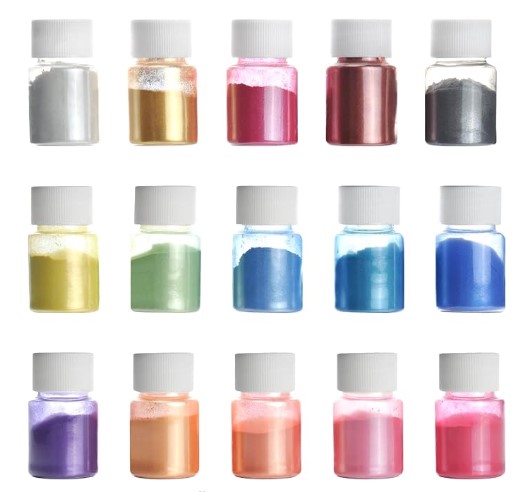
1: Mica Powder
Mica powder is a great starting point for some gorgeous, semi-sparkly, opaque colors. You can find both natural and synthetic versions of the powder. Beyond the lovely colors, you can get, the mica powder adds volume and weight to the resin, which can cause delightful fluid dynamics when interacting with resin that has been colored with lighter weight mediums.
On Amazon, you can get a pack of 30 3 gram bags of different colored mica powder for under $15 at this LINK. If you don’t like dealing with the bags, they also offer jars as well at the same link. As you become more familiar with the colors you like, you can hunt down bulkier selections of the individual colors you like most, but I find that it can be nice to start out with a wide range of colors to choose from.
2: Resin Dyes & Alcohol Ink
Alcohol ink and resin dyes both create more lightweight effects than using mica powder. The biggest difference you will run into with alcohol ink vs resin dye is that alcohol ink tends to finish translucent and resin dyes will range from translucent to opaque. Alcohol ink can also be more expensive than resin dyes.
The ink/dye can be fun on its own, but you can also mix it in with mica powder or glitter to create even more interesting creations. Make sure you used gloves as these can stain your hands, especially the ink. Also, fun fact, printer ink will also work instead of alcohol ink or resin dye.

3: Nail Powders
I started using nail powders in my resin last year and it was a game-changer. Although they’re more expensive than a lot of mica powders, they are far more vibrant. The nail powders I use tend to come in 3 different categories:
- Mirror Effect
- Fluorescent
- Iridescent Pearl
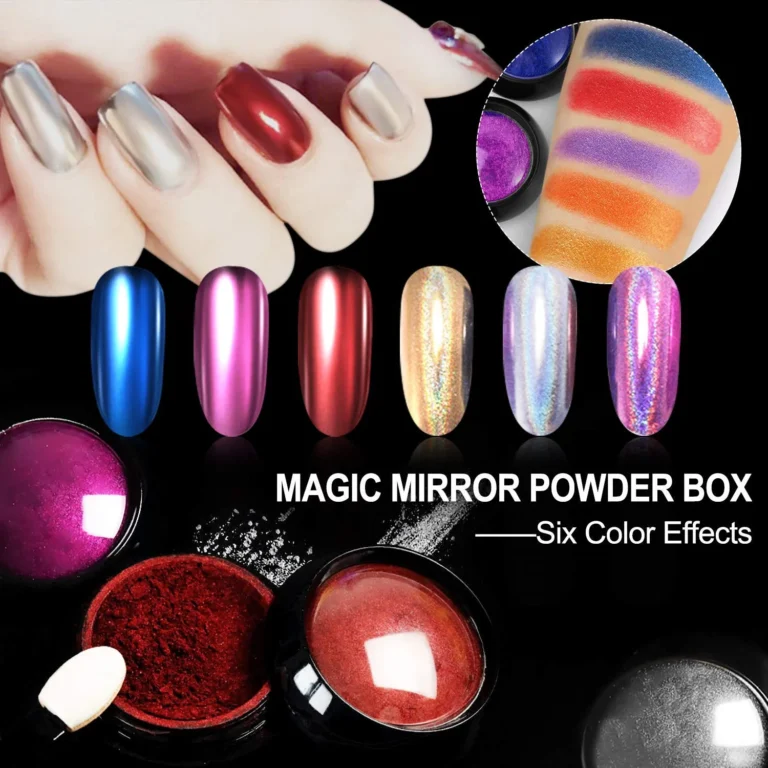
Mirror Effect Powder
I love mirror effect powder because it is like the perfect middle ground between mica powder and glitter. It can be painted onto molds with a sponge brush or mixed into your resin. I like having a mix of chrome-style mirror powders as well as holographic ones. I will note that the holographic powder works best went applied directly to the mold — you don’t get nearly as strong an effect by mixing it into the resin.
The nail powders typically come in 1gram jars, but a little goes a long way. You can also mix it with mica powder to add a little more sparkle to it, or with dye to create a gem effect.
Fluorescent Powder
This powder will give you some of the most vibrant colors you can get. Bright neons create amazing effects. These colors can be harder to mix into the resin as they tend to clump more than mica powder does. I find I get the best results from mixing fluorescent powders with a little bit of mica powder, which gives some sparkle to the fluorescents and elevates the intensity of the mica powder’s color.
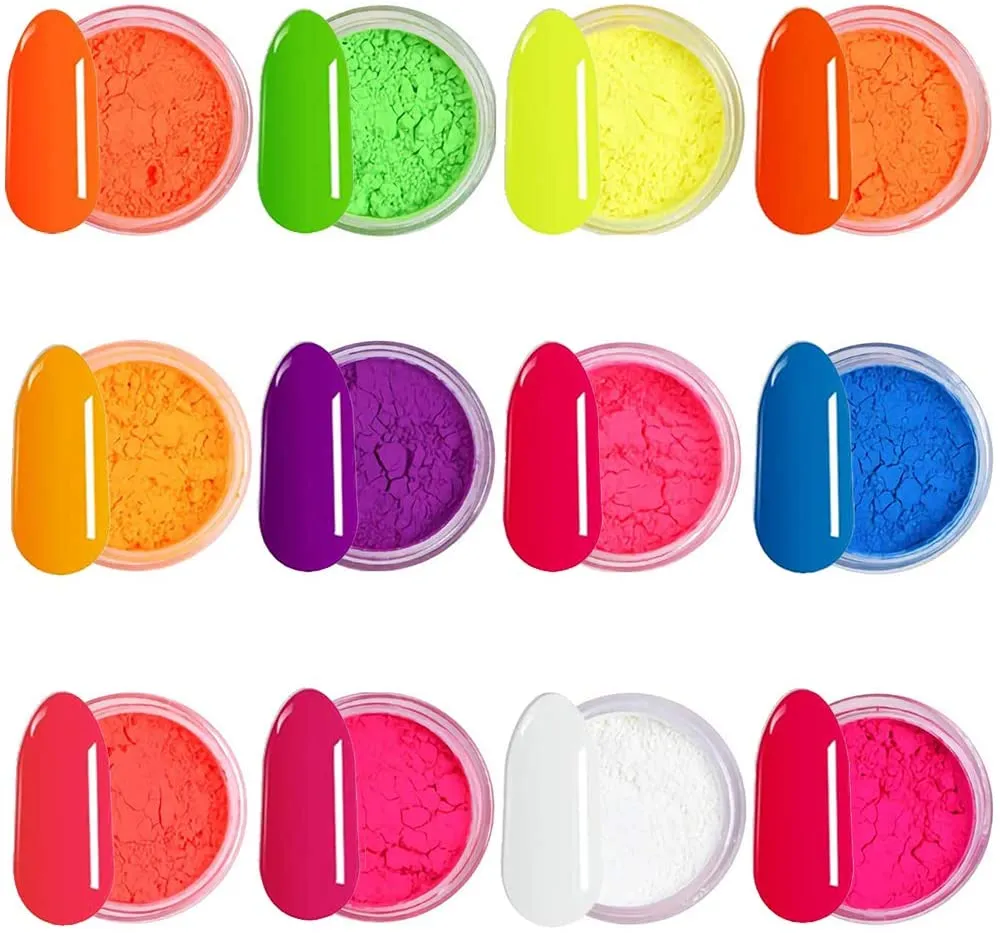
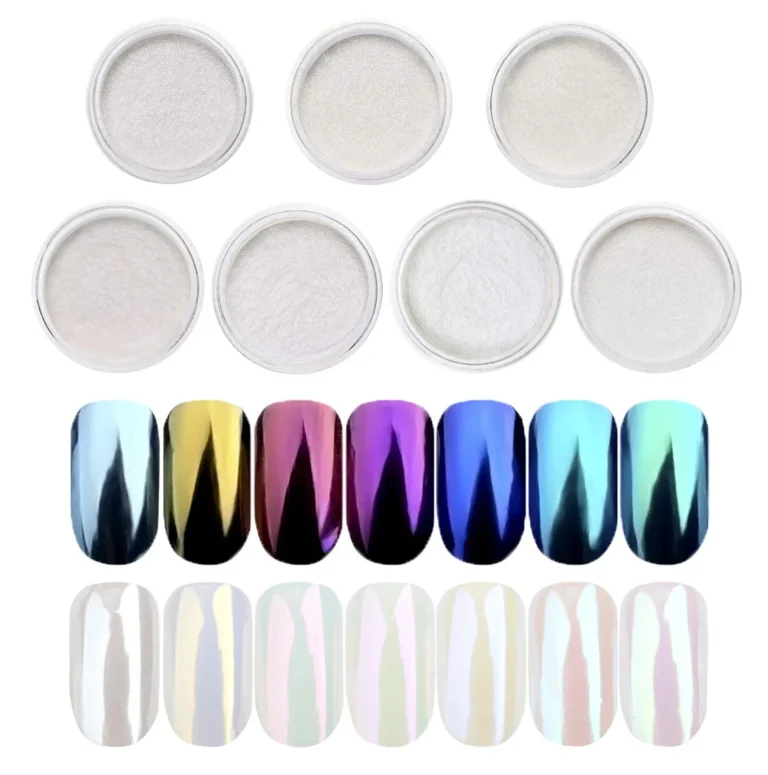
Iridescent Pearl
I like the iridescent pearl powder because it adds a magical semi-translucent effect to the resin. It tends to be the most lightweight of all the powder-based colorants, so it creates fun effects when used alongside other colors in a mold. The powder looks white, but with a slight sparkly colored tint to it. It’s great in resin by itself, but it also can be fun to mix with dyes as well.
4: Paint
This I find works best for poured resin on canvas, but just plain old paint will dye resin nicely. I’ve used both acrylic and spray paint (I sprayed a little into a cup, then added resin) and both have worked great. The image in this section is of a poured resin piece I did by dying the resin with acrylic paint.
The colors with paint will be opaque, but you end up with a much wider range of options as you can use any paint color you like and there are thousands to choose from.
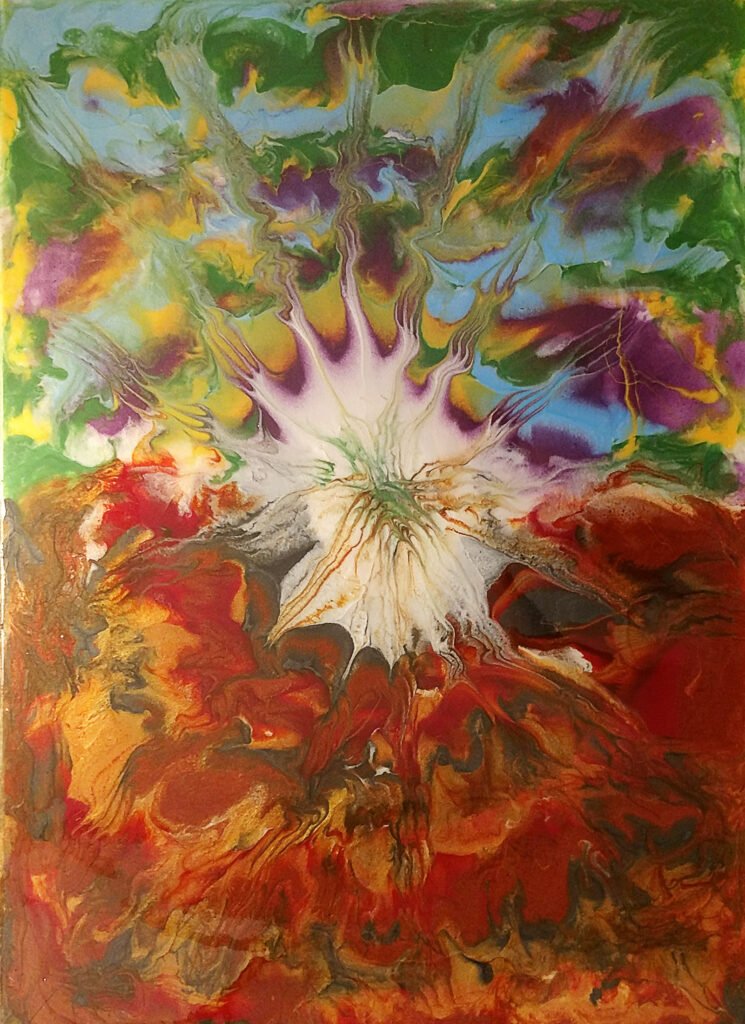
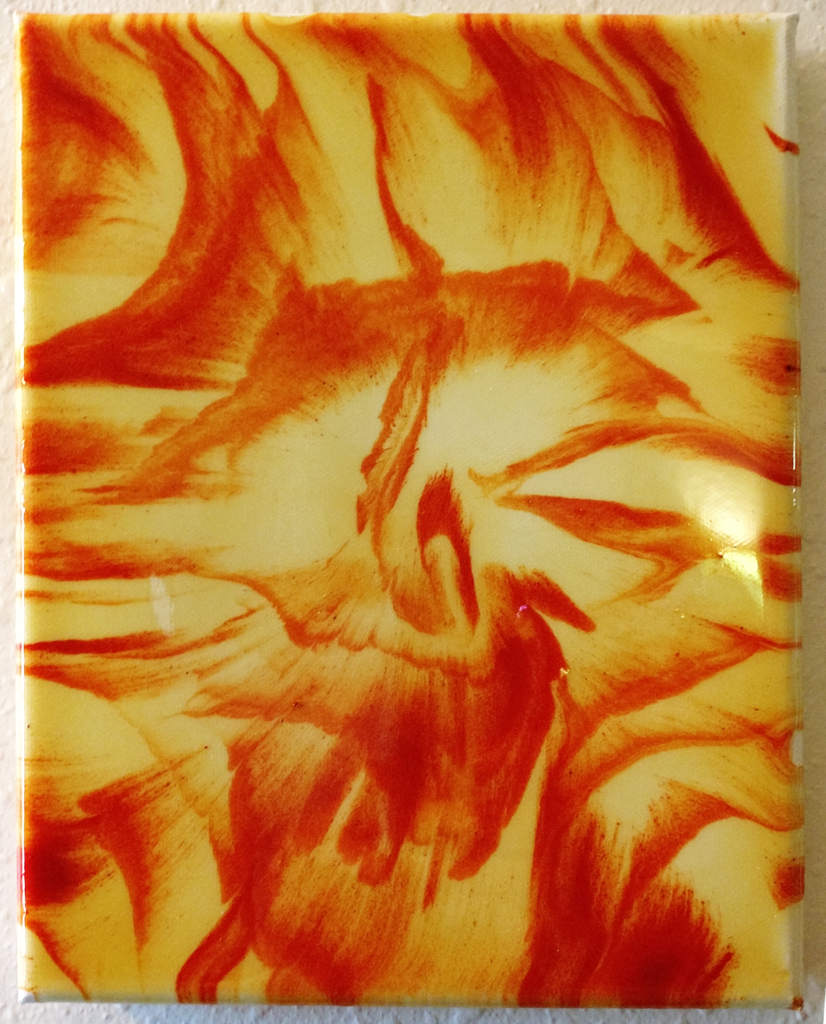
Bonus: How To Get The Most Perfect Red
There is a trick I discovered by accident when I first started making resin projects. I was looking for things to color my resin and my search led me to the kitchen. I thought I might be able to get a nice yellow color from some turmeric powder — I was wrong. Instead, I got the most gorgeous blood-red color. To this day, I have yet to find anything that creates a better red. I have used many different brands of resin and the turmeric powder turns red in all of them. The artwork in this section was colored using turmeric powder for the red. Judge for yourself if it’s as good as I said. Keep in mind, you don’t need a lot. Start small and add more until it is as dark as you want it to be.
Conclusion
What colorants to use depend on what types of projects and color effects you are looking for. The best advice I can give to those starting out is to pick something small and affordable to start with and begin experimenting. There are many more options out there to color resin, but these are my personal top methods. If you have a favorite method of your own or any questions about coloring resin, let me know in the comments. Have fun making resin art!